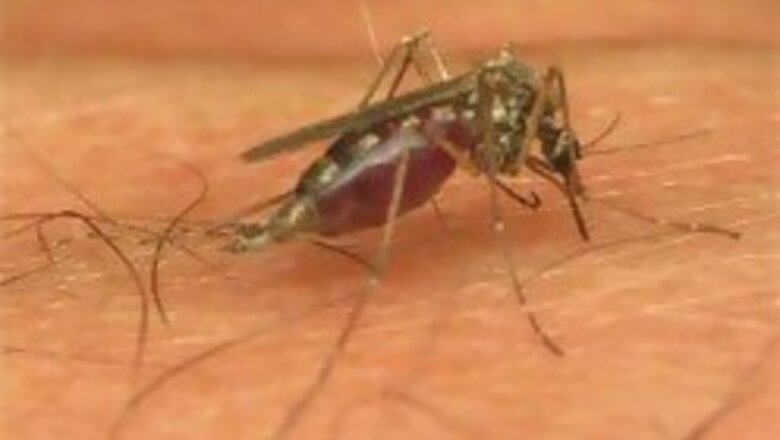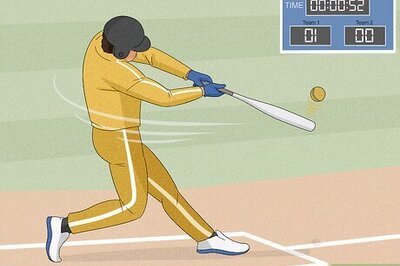
views
Mumbai: The viral epidemic Chikungunya, which spreads through mosquitoes, has been reported in a few districts of Maharashtra, an official said on Saturday.
"About seven to eight districts are affected with the disease but the number of cases has declined from what was reported in April and May," State Health Directorate chief P P Doke said.
He said in April and May, health officials recorded around 2,000 cases a day in the state, "but now we have reports of an average of 300 cases a day".
Doke said local health officials are telling people to clean vessels in which they store water and to dry them properly before filling them as mosquitoes breed in stagnant water.
What is Chikungunya
Chikungunya is a self-limited disease resembling dengue caused by an alphavirus transmitted chiefly by mosquitoes of the genus Aedes; its most prominent symptoms are musculoskeletal and it has occasionally been associated with hemorrhagic fever.
Chikungunya virus is highly infective and disabling but is not transmissible between people. It would most likely be dispensed as an aerosol or by the release of infected mosquitos.
The disabling joint pain and fever, the lack of a suitable animal reservoir in Western countries and its lack of lethality make it a very "clean" weapon that could be used against key civilian installations. The name comes from the Swahili for "that which bends up" that is a reference to the positions that victims take to relieve the joint pain.
Symptoms and effects
After an incubation period of 3-12 days there is a sudden onset of flu-like symptoms including a severe headache, chills, fever, joint pain, nausea and vomiting. The joints of the extermities in particular become swollen and painful to the touch.
A rash may sometimes occur. Hemorrhage is rare and all but a few patients recover within 3-5 days. Some can suffer for joint pain for months. Children may display neurological symptoms.
With Agency inputs

















Comments
0 comment